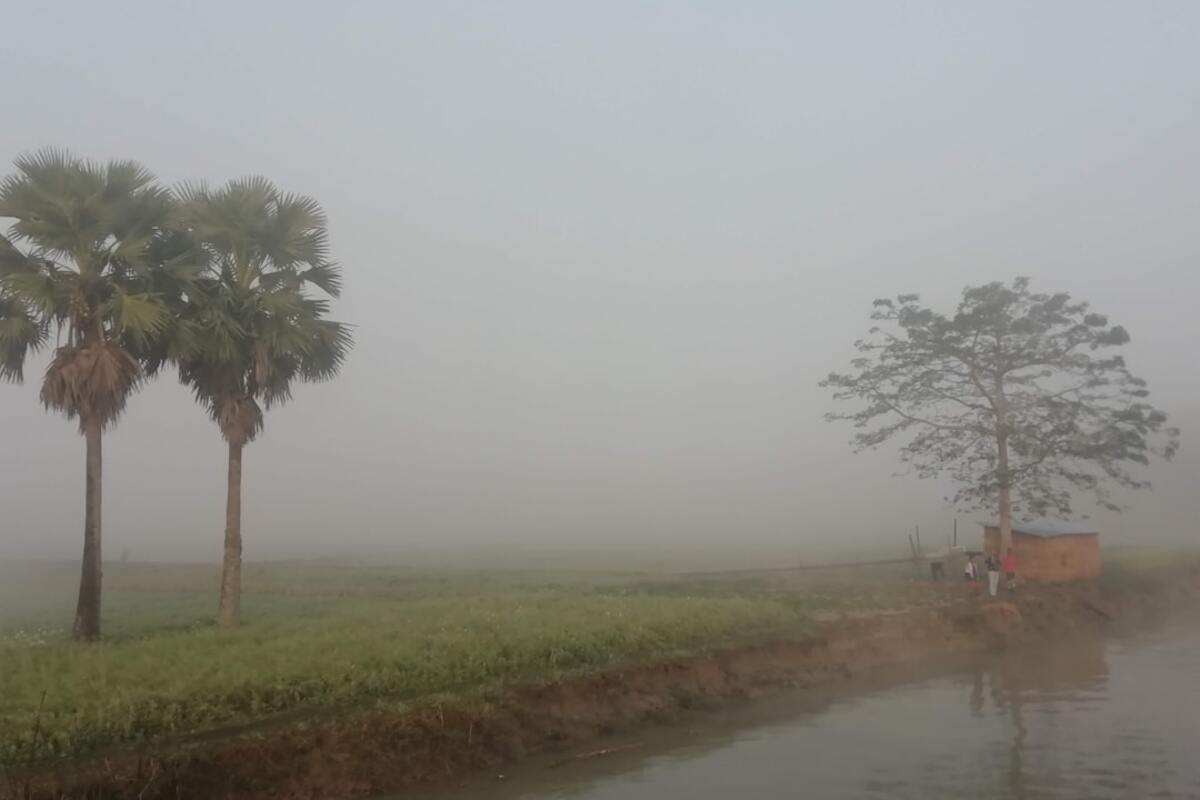Embracing Fog Harvesting: A Sustainable Water Solution
Fog harvesting, a novel technique transforming moisture from the air into clean water, offers a sustainable solution for water-scarce regions.

- Fog harvesting captures airborne moisture using specialized nets.
- It provides an alternative water source in arid regions.
- Involves low energy consumption and minimal environmental impact.
Understanding Fog Harvesting
Fog harvesting is a pioneering technique that captures moisture from the atmosphere, providing a sustainable water source for regions plagued by water scarcity. This innovative approach involves the use of fine mesh nets designed to trap and collect water droplets from fog, thereby transforming them into usable water. The process is both simple and ingenious: as fog passes through these nets, the tiny droplets adhere to the mesh, gradually coalescing into larger drops that eventually trickle down into collection tanks.
Historically, fog harvesting has been practiced by indigenous communities in arid regions. However, modern advancements have refined these methods, making them more efficient and feasible for widespread application. The effectiveness of fog nets depends on several factors, including mesh size, material durability, and local climate conditions. Typically constructed from polypropylene or polyethylene, these nets are strategically placed in areas with frequent fog occurrences, maximizing water yield.
Impact on Water-Scarce Regions
In regions where traditional water sources are depleting, fog harvesting represents a beacon of hope. Countries such as Chile, Morocco, and South Africa have adopted this technology, witnessing transformative impacts on local communities. For example, the coastal region of Chile, known for its persistent fogs, has successfully implemented large-scale fog collection projects that supply water to thousands of residents.
Aside from providing potable water, fog harvesting supports agricultural activities in desert regions. Farmers in Morocco are utilizing fog nets to irrigate crops, reducing reliance on groundwater and enhancing food security. By offering an alternative water supply, this technology alleviates pressure on existing resources, contributing to the sustainable management of ecosystems.
Challenges and Future Prospects
Despite its potential, fog harvesting faces several challenges. The initial setup cost, although relatively low compared to large-scale desalination plants, can be a barrier for impoverished communities. Additionally, the technology's success is highly contingent on specific climatic conditions; regions lacking consistent fog may find it less viable.
Nevertheless, ongoing research and technological advancements continue to enhance the efficiency of fog harvesting systems. Innovations in mesh design and material science are leading to higher water yields and broader application possibilities. Furthermore, collaborative efforts between governments, NGOs, and research institutions are proving crucial in scaling this technology and integrating it with other sustainable water management strategies.
In conclusion, fog harvesting stands out as a testament to human ingenuity, offering a sustainable and eco-friendly solution to the pressing issue of water scarcity. With continued investment and innovation, it holds the promise of transforming the water landscape for millions, paving the way for a more resilient and sustainable future.
